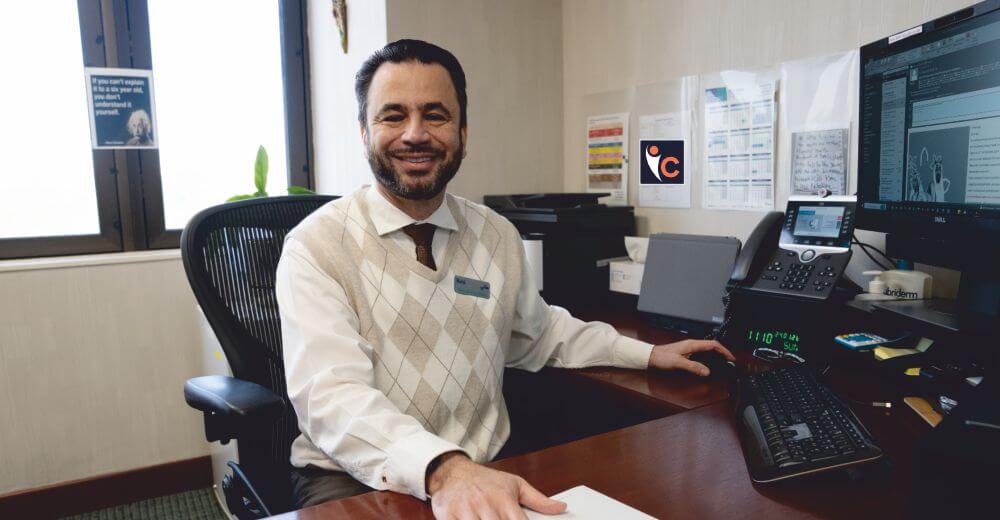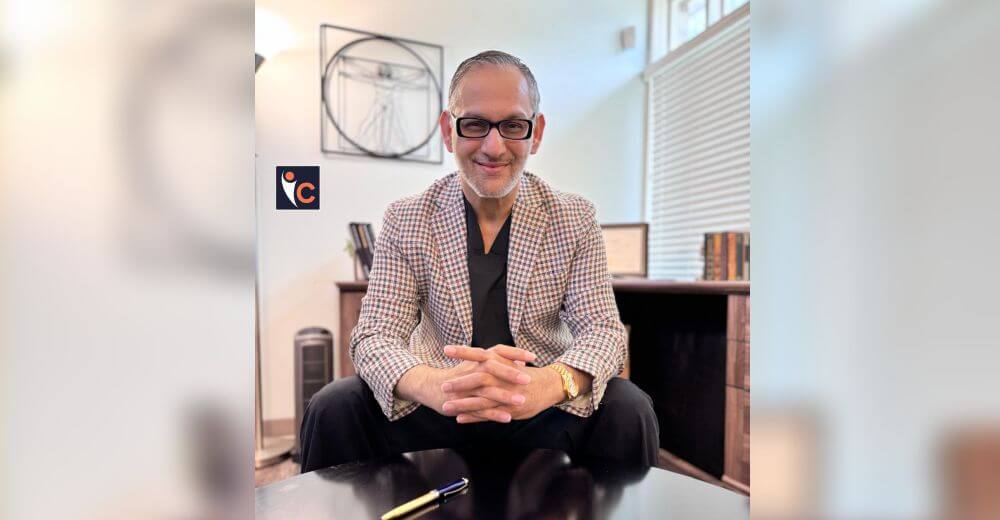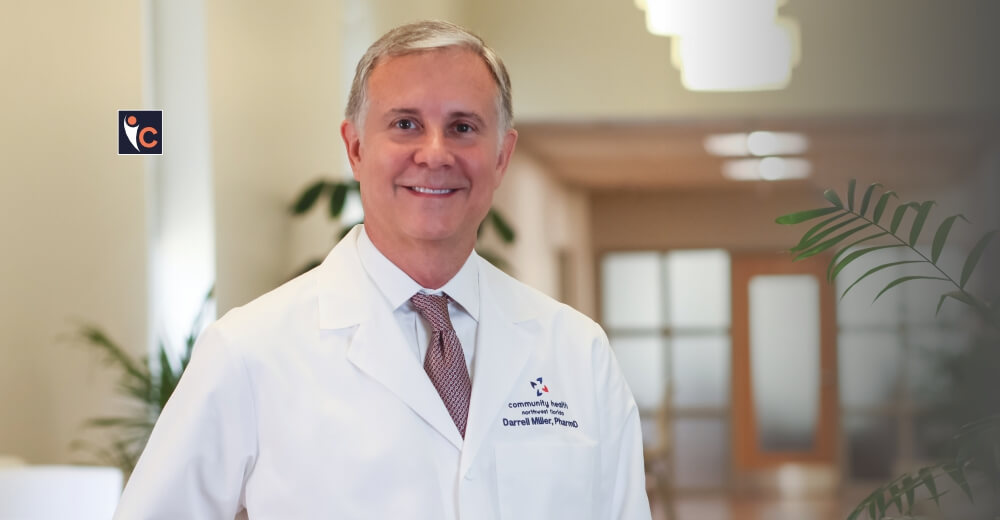Leadership is a vital management function that helps to direct an organization’s resources for improved efficiency and the achievement of the desired goals. Effective leaders provide clarity of purpose and guide the organization to realize its mission.
Successful leaders create a clear vision and mission of the firm to the subordinates, providing direction and helping the employees to act accordingly for the actualization of the objectives. The role of leadership is immense for smooth and better functioning, and the importance of leadership is pivotal in accomplishing efficiency throughout the organization.
Successful leaders have inspired many with their effective abilities and skillset throughout history. The ability to influence people—to motivate, energize, and direct them in the quest for strategic goals—is so integral to the definition of leadership as to be virtually synonymous with it. One such personality is Peter Li, CEO of Applied Biological Materials.
Founded in 2004, Applied Biological Materials (ABM) Inc. has been catalyzing scientific discoveries in Life Sciences and Drug Development for over a decade.
Under the leadership of Peter, the company is driven by a team of passionate and talented scientists; ABM is dedicated to empowering the scientific community with the latest innovations for life sciences research and drug development.
With a Spark to do Things
Peter commenced this company with a vision to develop and market ready-to-use biological materials so that scientists would not have to spend time and resources developing the materials themselves.
Peter’s career began in China, where he was initially trained in medicine with a specialization in pathology. Then, in 1991, he joined the Pathology Department at the UCLA Medical Centre under a WHO fellowship program.
It was there that Peter saw the first successful applications of recombinant DNA technology not only in medical genetics but also in work being undertaken by different labs at the UCLA Howard Hughes Research Institute for the ongoing human genome project at the time.
It was such an exciting field that Peter made his decision to pursue formal PhD training in this direction. He was lucky enough to receive six offers with full PhD scholarships. He was most attracted by the opportunity to work in cancer gene therapy research in the Department of Medical Biophysics, University of Toronto.
In the fall of 1994, Peter relocated from Los Angeles to Toronto to join the Department of Medical Biophysics for his PhD training. The department’s research labs were physically located in the Ontario Cancer Institute/Princess Margaret Hospital, a very prestigious facility in Canada and around the world.
Quite a few important discoveries and inventions had been made throughout its history, including establishing cancer radiation therapy and discovering human haemopoietic stem cells, T- cell receptors, and the tumor chemo-resistant PGP protein, to name just a few.
Peter was surrounded by many great scientists, and a lot of exciting research projects were going on in this department. In addition, his project on breast cancer gene therapy was very exciting and progressing beyond expectations.
It was such an exciting time that Peter often stayed at the lab very late – often until 4:00 am in the morning – before going home for an early breakfast and a few hours of sleep. His professor and the institute gave him complete freedom to design and test projects and experiments.
Even today, Peter considers those years the best time of his life. The solid training that he received from this program prepared him well to take on a career or be an entrepreneur in the biotech industry.
Embracing the Opportunities
After completing the PhD training, Peter entered the biotech industry in 1999 as a Scientist at Clontech Laboratory Inc. in the Bay Area, developing adenoviral vectors. After exactly one year, he served as a Research Scientist at Sangamo Biosciences Inc. (NASDAQ: SGMO), developing therapeutic viral vectors for zinc finger protein therapy.
By 2003, Peter had been working in the Bay Area for almost four years, and he saw the biotech industry boom, inspiring Peter to start his biotech company.
After evaluating many different factors, he finally chose to relocate to Vancouver, Canada, and start Applied Biological Materials Inc. (ABM) with a vision to develop and market ready-to-use biological materials so that scientists would not have to spend time and resources developing the materials themselves.
Specifically, the company offers ready-made biological materials under the following three categories: general biological materials (PCR enzymes, transfection reagents, and others), cellular materials (a curated list of specialized cell lines), and genetic materials (all cDNA, genes, siRNA, miRNA, and UTRs for each human, mouse, and rat gene).
The story of the company’s founding is a very humble one: Peter only had access to $20K in start-up funding and a 500 sq. ft. laboratory. During the first year of operation, he was the sole employee, doing everything from product development, product production, and QC to business development, accounting, and shipping/logistics.
Later, with funding from Industry Canada’s IRAP program (like the US small business innovation grant), he grew the company by +20% every year until the COVID-19 pandemic hit North America in 2020. Later, Applied Biological Materials created job opportunities for over 150 full-time employee’s pre-pandemic, with a current employee count in excess of 120.
Exemplifying Contribution
As a provider of biological materials, Applied Biological Materials have provided enzymes that IVD companies can use to develop COVID-19 qPCR tests as well as developing its own COVID-19 qPCR products accredited with both CE and FDA EUA authorization to help its customers to surmount the adversities of the pandemic.
The company also offered basic research materials for studying the COVID-19 SARS-CoV-2 virus, such as RNA, cDNA, and other products.
Pearls of Wisdom
Sharing opinions on the necessity for life sciences research and drug development service providers to align their offerings with newer technological developments, Peter said, the fundamental necessity for life science research and drug development service providers is to make research and drug development easier and simpler, i.e., to streamline their project workflow.
For example, there is a desperate need for COVID-19 cell lines and animal models to aid in COVID-19 research and drug development.
Moreover, in Peter’s opinion, the COVID-19 pandemic will significantly impact future biotech research.
Emerging and hot areas of research and development, such as cancer immunotherapy, gene therapy, and CAR-T cell therapy, are bound to continue to be hot. But a significant amount of funding resources will be placed into research on the COVID-19 virus to better understand the virus’s basic biology, epidemiology, and immunology and develop better therapeutics.
COVID-19 vaccine development will be one of the most important areas of development. Although the FDA has already approved several vaccines, there will be an ongoing effort to learn more and develop better vaccines.
Sharing his advice for the budding entrepreneurs as an experienced professional, Peter said, “The biotech industry is thriving and full of entrepreneurial opportunities, but it also happens to be a resource-intensive area (in terms of both human and capital resources), thus developing an R&D strategy that is focused and in-sync with market demands is key to anyone who wishes to succeed in this sector.”
Surmounting the Challenges
Peter’s biggest challenge is to develop a longer-term and bigger picture perspective for the company – specifically when it comes to deciding the right product categories to focus on. As a scientist-derived entrepreneur, his interests are often too broad, leading to a lack of focus for his business operations.
However, he believes that the business could have been much bigger and better if he had come to this realization ten years ago. Peter is still adjusting to this new mode of thinking and has been reflecting deeply on this to ensure his business operation is well focused in the future.
Embracing the Future Roadmap
Peter’s hope and dream are to reach a stage where he can become less involved in daily business operations and instead focus more on developing the company’s corporate strategy.
ABM is on track to be able to scale up in the next five years, and the key to a successful scale-up is strict product QC control and a good business development strategy.
Exhibiting Excellence
Since its inception, these testimonials prove that Applied Biological Materials’ significant and exponential achievements are reaching greater heights.
“Although there are alternatives for custom lentivirus production, I have found ABM to offer the best price and service to produce high titer lentivirus preps.
If I have any special needs or concerns, they are always dealt with by the Technical Support Team. I have always been pleased with the product and will continue to use this service for my research.”
- Florida Department of Agriculture & Consumer Services, Custom Lentivirus Production
“We are very glad to have enjoyed the lentivirus packaging services from Applied Biological Materials Inc. When we received high titer lentivirus production (10^10 IU/mL) from Applied Biological Materials Inc for in vivo experiment and then injected the sciatic nerve of a mouse with viral particles to the overexpression target gene in myelinated nerves.
I am very surprised that the high titer lentivirus enables rapid and efficient overexpression of a target gene in infecting Schwann cells of wild type mouse.”
“The lentivirus packaging service is an excellent service that I highly recommend.”
- Wayne State University, High-Titer Custom Recombinant Lentivirus
“Always amazed at the reasonable prices and breadth of selection for genes of interest available on your site. Thanks very much!”
- Washington University in St. Louis, CNNM1 Adenovirus (Mouse)















